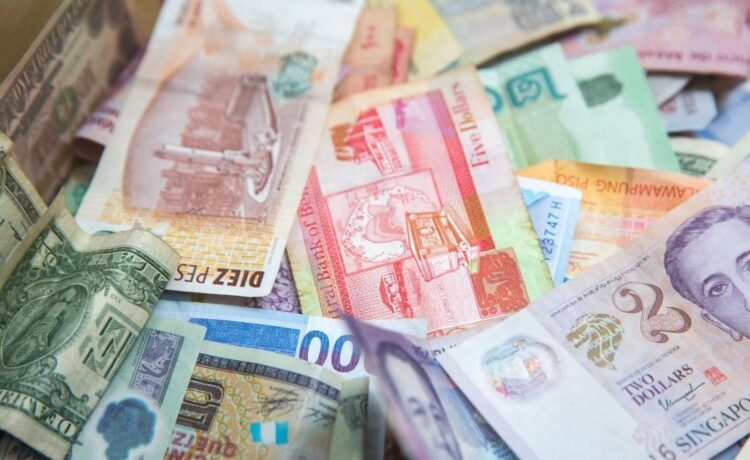The tight-knit fabric of the global economy was evident on Monday as the ripple effects of a robust U.S. labor market and hawkish remarks from the Federal Reserve resonated across Asian currency markets. The U.S. dollar remained resilient, hovering near a two-month high, leading traders to reevaluate the prospect of premature interest rate cuts.
U.S. Labor Market Strength and Its Impact
Surprising many, U.S. nonfarm payrolls for January surged, signaling a tenacious labor market. This buoyancy was mirrored by Fed Chair Jerome Powell during his CBS 60 Minutes interview. Powell noted the robust economy provides the Federal Reserve with the latitude to sustain its current monetary policy. He underlined a data-centric approach to any potential rate modifications.
Fed’s Stance and Its Aftermath
The Fed’s position, reiterated in its inaugural 2024 meeting, incited both the dollar and Treasury yields to ascend. The dollar index and futures swelled by 0.1% in Asian trade, reaching heights unseen since early December. Consequentially, market expectations for a rate cut in March dwindled, with analysts now projecting the central bank may initiate rate reductions by June at the earliest.
This outlook spells trouble for Asian currencies as amplified U.S. rates render high-yield, riskier assets less appealing. Anxiety over China’s economic health also pressured regional currencies following a private survey that indicated slower-than-anticipated growth in the Chinese service sector in January.
Asian Currency Movements
The yuan experienced a slight dip, although interventions by the People’s Bank of China curtailed more severe losses. The Australian dollar also experienced a marginal decline, swayed by trade surplus data and the forthcoming Reserve Bank of Australia meeting, which is predicted to maintain steady rates. The Japanese yen held firm, bolstered by positive services sector growth data, but loomed near a two-month low due to the potential for persistently high U.S. interest rates. The South Korean won recorded a modest uptick, while the Indian rupee remained stable ahead of the Reserve Bank of India’s meeting. The Singapore dollar fell following disappointing retail sales figures for December.
In conclusion, a potent confluence of U.S. labor market data, Federal Reserve policy, and regional economic indicators are shaping the landscape of Asian currencies. As global economic interdependence continues to deepen, these dynamics will remain crucial to understanding the ebb and flow of currency valuations.
















